Research @ the Beach
This online publication is produced each semester to recognize faculty and students and their ongoing work. More information can be accessed by clicking on the topics below.
New Awards, New Proposals and Research Expenditures
July 1, 2020 - September 30, 2020
Total # New Proposals Submitted |
Total New Research $ Requested |
Total # New Proposals Awarded |
Total New Research $ Awarded |
Research Expenditures |
|
58 |
$16,614,085 |
45 |
$12,993,239 |
$6,551,819 |
Faculty Receiving External Awards: April 2020 through September 2020
Faculty Name |
Funding Agency |
Amount Awarded |
Project Title |
College/Unit |
|
Barjasteh, Ehsan |
National Science Foundation (NSF) |
2,099,874 |
An Active Learning-based Educational Program for Hispanic STEM Students through Industry-University Partnership |
COE |
|
Ahrens, Courtney |
FreeForm |
11,840 |
Financial Freedom Study |
CLA |
|
Alt, Nicholas |
National Science Foundation (NSF) |
148,030 |
Collaborative Research: Social Perception of Groups |
CLA |
|
Ayala, Perla |
NIH-National Institute of General Medical Sciences |
147,500 |
Engineering Biomimetic Tissues for Muscle Repair |
COE |
|
Baker Prindle, Paul |
Arts Council for Long Beach |
5,000 |
Community Project Grant |
COTA |
|
Baker Prindle, Paul |
RuMBa Foundation of Long Beach |
50,000 |
Plugged in Virtual Connections RuMBa |
COTA |
|
Ban, Hyowon |
EWHA Woman's University |
4,442 |
Standardization of Costal Feature Names and the Informing |
CLA |
|
Barjasteh, Ehsan |
Airtech International, Inc. |
20,000 |
Additive Manufacturing of Carbon-fiber Reinforced Plastics for Composite Tooling Application |
COE |
|
Barjasteh, Ehsan |
National Science Foundation (NSF) |
26,735 |
An Active Learning-based Educational Program for Hispanic STEM Students through Industry-University Partnership |
COE |
|
Becker, Matthew |
Department of Toxic Substances Control via US Dept of Energy |
20,000 |
Hydrogeology Support: Santa Susana Field Laboratory |
CNSM |
|
Becker, Matthew |
CA Department of Toxic Substances Control via NASA |
40,000 |
Oversight and Research for the National Aeronautics and Space Administration (NASA) groundwater characterization and cleanup planning efforts at Santa Susana Field Laboratory |
CNSM |
|
Binnal, James |
CSU Fullerton via CSU Project Rebound Consortium |
114,000 |
Project Rebound |
CHHS |
|
Blair, Ryan |
National Science Foundation |
51,373 |
CDS&E: RUI: Collaborative Research: Data-driven methods in classical knot theory |
CNSM |
|
Buonora, Paul |
NIH - National Institute of General Medical Sciences |
425,811 |
CSULB Research Initiative for Scientific Enhancement |
CNSM |
|
Camacho, Trace |
Dept. of Parks and Recreation - Boating & Waterways via US Coast Guard |
27,243 |
Aquatic Center |
SA |
|
Chandra, Shailesh |
San Jose State University Research Foundation |
10,000 |
Evaluating financing mechanisms and economic benefits to fund grade seperation projects |
COE |
|
Cleary, Patricia |
National Endowment for the Humanities (NEH) |
60,000 |
The Destruction and Afterlife of the Indian Mounds of St. Louis, Missouri |
CLA |
|
Fata, Frank |
Institute of International Education |
437,430 |
ROTC Language and Culture Training Grant |
CLA |
|
Ghafoori, Bita |
California Victim Compensation Board (Cal VCB) |
3,089,511 |
Trauma Recovery Center Grant |
CED |
|
Ghafoori, Bita |
Long Beach Unified School District |
70,000 |
Trauma focused services: A School based approach |
CED |
|
Gomez-Zwiep, Susan |
CSU East Bay Foundation via NSF |
50,192 |
Aligning the Science Teacher Education Pathway. A Networked Improvement Community |
CNSM |
|
Gredig, Thomas |
National Science Foundation (NSF) |
335,858 |
MRI: Acquisition of an Atomic Force Microscope for Materials Science Research and Student Training |
CNSM |
|
Holland, Erika |
NIH - National Institute of General Medical Sciences |
433,652 |
DREAM Mediated Transcription Acts as a Biomarker for Pollutant Induced Calcium Signaling Disruption |
CNSM |
|
House-Peters, Lily |
Univesity of Calgary |
23,340 |
Incorporatating Local & Traditional Knowledge Systems: New Insights for Ecosystem Services & Transdisciplinary Collaborations |
CLA |
|
Huckabay, Loucine |
Office of Statewide Health Planning and Development (OSHPD) |
96,000 |
Song-Brown Healthcare Workforce Training Program - Family Nurse Practitioner |
CHHS |
|
Jaikumar, Prashanth |
National Science Foundation (NSF) |
35,705 |
RUI: Neutron Star Oscillations as Probes of Dense Matter Properties and Phases |
CNSM |
|
Johnson, Lorin |
The Downey Foundation for Educational Opportunities |
4,359 |
ArtsBridge |
COTA |
|
Johnson, Lorin |
The Downey Foundation |
3,429 |
ArtsBridge |
COTA |
|
Kalman, Joseph |
Office of Naval Research |
449,869 |
Interfacial Properties towards Additive Manufacturing of Solid Propellants |
COE |
|
Kalman, Joseph |
Office of Naval Research |
448,037 |
Interfacial Properties towards Additive Manufacturing of Solid Propellants |
COE |
|
Kelly, Dave |
Long Beach Memorial Heritage Association |
35,000 |
Television documentary on LB women in aviation history |
CPIE |
|
Kelly, Kenneth |
CSU Chico via CA.Dept of Public Health |
184,938 |
Supplemental Nutrition Assistance Program - Education (SNAP-ED) For High Need Cal Fresh Eligible Students |
SA |
|
Kim, Jinwon |
SJSU Research Foundation via State of Ca |
66,984 |
Trip Scheduling and the Cost of Congestion: Estimates Using Travel Diary Data and Big Data |
CBA |
|
Kline-Crockett, Megan |
RuMBa Foundation of Long Beach |
49,500 |
Classroom Connections |
COTA |
|
Lanza, Isabella |
NIH - National Institute of General Medical Sciences |
442,500 |
Pathways and Processes to Co-occurring Obesity and Tobacco Use in Emerging Adults |
CHHS |
|
Lowe, Chris |
Save Our Seas Foundation |
36,000 |
Marine Beach Safety and Pollution outreach for Kids-Comic books |
CNSM |
|
Malm, Aili |
Arizona Board of Regents |
23,566 |
Tempe First Responder Opioid Recovery Project |
CHHS |
|
Malm, Aili |
Contra Costa Public Defender's Office |
16,267 |
Contra Costa Holistic Intervention Partnership (HIP) Evaluation |
CHHS |
|
Marcus, Richard |
Peace Corps |
38,060 |
Peace Corps Campus Recruiter |
CLA |
|
Marcus, Richard |
University of California Office of the President (UCOP) |
43,875 |
Calfiornia Global Education Project at CSU Long Beach |
CLA |
|
Mark, Ron |
California Commission on Peace Officer Standards and Training (POST) |
2,570,032 |
Sherman Block Supervisory Leadership Institute |
CHHS |
|
Mark, Ron |
California Commission on Peace Officer Standards and Training (POST) |
229,849 |
Executive Development Course |
CHHS |
|
Mark, Ron |
California Commission on Peace Officer Standards and Training (POST) |
429,510 |
POST Certified Law Enforcement Management Course |
CHHS |
|
Mark, Ron |
California Commission on Peace Officer Standards and Training (POST) |
301,035 |
POST Use of Force Scenario Simulations Train the Trainer Course |
CHHS |
|
Meyer-Adams, Nancy |
LA County Department of Mental Health |
100,000 |
DMH Mental Health Intern Training Program FY 2020-21 |
CHHS |
|
Mezyk, Stephen |
The Lutheran University Assoc dba Valparaiso Univeristy via NSF |
140,807 |
EAGER: CAS-NP: Laboratory Radiation Chemistry Methods to Induce Rapid Aging Microplastics in Water to Assess Fundamental Chemical Reactivity Changes |
CNSM |
|
Monge, Alvaro |
The Regents of the University of California Berkeley via CA GOPR |
106,069 |
Reorienting Formative and Summative Assessment Towards Mastery Learning for Learner Success, Student Equity, and Institutional Resilience |
COE |
|
Moon, Ju Cheol |
Dankook University |
99,403 |
Deep Learning-based healthcare system for disease early detection |
COE |
|
Neff, Hector |
National Science Foundation (NSF) |
162,919 |
The Human Input and Coastal Landscape Change |
CLA |
|
Nguyen Rodriguez, Selena |
CSU East Bay Foundation Inc, via NIH |
4,500 |
Culturally appropriate interventions to increase CRC screening in South Asian Populations |
CHHS |
|
O'Brien, Thomas |
University of Southern California |
5,544 |
Metrofreight: The Local/Global Challenge of Urban Freight |
CPIE |
|
O'Brien, Thomas |
USC - Metrans |
140,000 |
National Center for Sustainable Transportation |
CPIE |
|
O'Brien, Thomas |
San Jose State Research Foundation |
15,000 |
CSUTC Regional Workforce Needs Assessment |
CPIE |
|
Onderdonk, Nate |
USC via USGeological Survey |
20,000 |
SCEC5 Year 4 Research Collaboration at the CSULB |
CNSM |
|
Rahmani, Mehran |
SJSU Research Foundation via State of CA |
74,996 |
Post-Earthquake Rapid Structural Damage Detection and Damage Localization in Bridges Using Low-Density Sensor Arrays |
COE |
|
Richards-Tutor, Cara |
The Rector & Visitors of the University of Virginia via US Dept. of Ed |
220,639 |
Iterative Replication of Read Well in First Grade |
CED |
|
Robertson, Curglin |
US Department of Education |
22,281 |
Trio Upward Bound I |
SA |
|
Scibetta, Dominica |
California Student Aid Comission |
689,448 |
Cal Soap |
SA |
|
Scott-Hayward, Christine |
City of Long Beach Prosecutor |
36,000 |
Innovations in Prosecutorial Strategies GUIDES App Evaluation |
CHHS |
|
Shaffer, Gwen |
USC via US. Dept. of Transportation |
100,000 |
Development of Cost-Effective Sensing Systems & Analytics (CeSSA) to Monitor Roadway Conditions and Mobility Safety |
CLA |
|
Slowinska, Katarzyna |
Shiseido |
54,000 |
An Investigation of Possible Mechanisms of Human Dermal Fibroblasts Stimulation by Electric Field and Effects of Short Time ES |
CNSM |
|
Steimetz, Seiji |
City of Long Beach, Economic Development Dept. |
25,000 |
Quarterly Census of Employment and Wages (QCEW) Data |
CLA |
|
Suh, Ga-Young |
Stanford University |
50,000 |
Biomedical Analysis of the Ascending Aorta after Dissection of TEVAR Treatment Thora |
COE |
|
Sun, Paul (Hui) |
National Science Foundation (NSF) |
257,741 |
Collaborative Research: Spatiotemporal Dynamics of Interacting Bacterial Communities in Compact Colonies |
CNSM |
|
Tian, Fangyuan |
NIH-National Institute of General Medical Sciences |
110,625 |
Porous inorganic Framework Thin Film as Drug-Eluting Stent Coating |
CNSM |
|
Topete, Rafael |
US Department of Education |
1,309,440 |
TRIO Student Support Services - Disabilities |
SA |
|
Topete, Rafael |
US Department of Education |
1,309,440 |
TRIO Student Support - STEM |
SA |
|
Topete, Rafael |
US Department of Education |
8,857 |
TRIO-Ronald E. McNair Postbaccalaureate Achievement Program |
SA |
|
Trajkovic, Jelena |
National Science Foundation (NSF) |
306,040 |
Collaborative Research: Equity of Access to Computer Science: Factors Impacting the Characteristics and Success of Undergraduate CS Majors |
COE |
|
Weers, Paul |
NIH - National Institute of General Medical Sciences |
110,625 |
Mechanism of initiation of lipid binding of apolipoprotein A-I |
CNSM |
|
Whitcraft, Christine |
SJSU via Natural Resources Agency |
131,815 |
A Framework for Condition Assessment and Monitoring of Estuary MPAs in California |
CNSM |
|
Whitcraft, Christine |
Orange County Coastkeeper via CA State Coastal Conservancy |
79,206 |
Upper Newport Bay Living Shoreline Project Renewal - Oyster and Eelgrass Habitat Restoration |
CNSM |
|
Whitcraft, Christine |
Orange County Coastkeeper via Honda Marine Science Foundation |
33,330 |
Innovative Oyster and Eelgrass Habitat Restoration |
CNSM |
By Assistant Professor Andrea Balbas
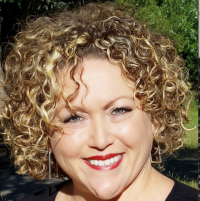
Geological Sciences Department
College of Natural Sciences and Mathematics
Stories Only Rocks Can Tell!
I am often asked why I became a geologist and not a biologist. My reply is always the same, “well because the rocks can’t outrun me”.
But, the real answer is that I’m dazzled by the power of the geological sciences and how its practitioners continue to uncover unimaginable natural processes that occurred in Earth’s past.
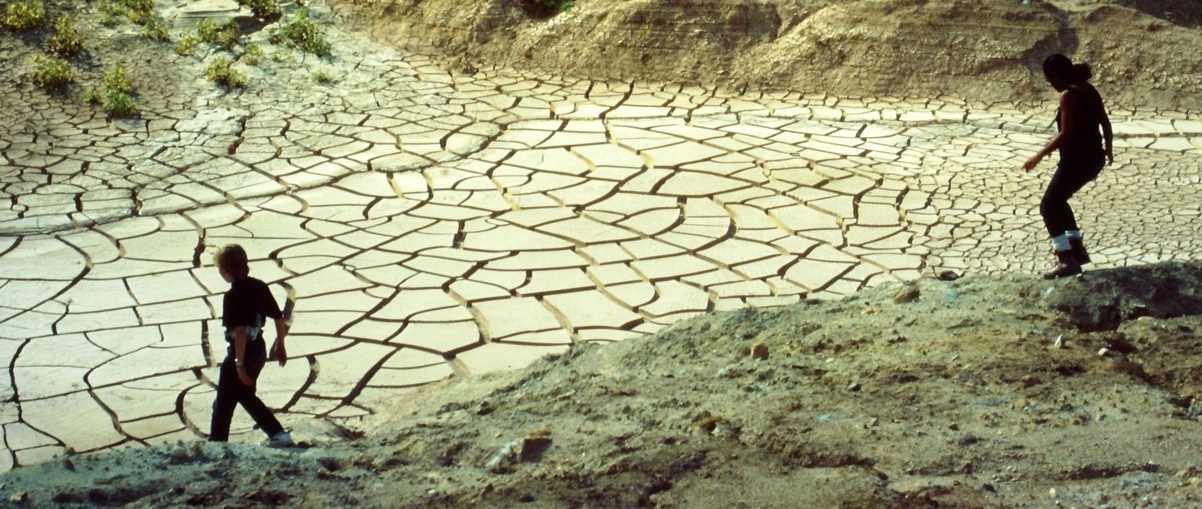
Mud Cracks by Parker Concannon
Clay, silt, and mud dry
Ground shrinks and cracks like an egg
“Sun-baked” tidal flat
Plate tectonics may be an accepted idea today, but the concept of crystalline rock plates being moved around Earth’s surface by convecting plastic rock below is far from intuitive.
Rocks show us that our planet and solar system have a geologic history full of mind-boggling stories. Some of the stories that captivate me most are about megafloods, super volcano eruptions, abrupt shifts in climate and the growth of ice caps that once covered the entire Earth. Such fantastic stories are teased from the rocks using various methods that range from geochemical analyses to interpretations of structures found in sedimentary deposits.
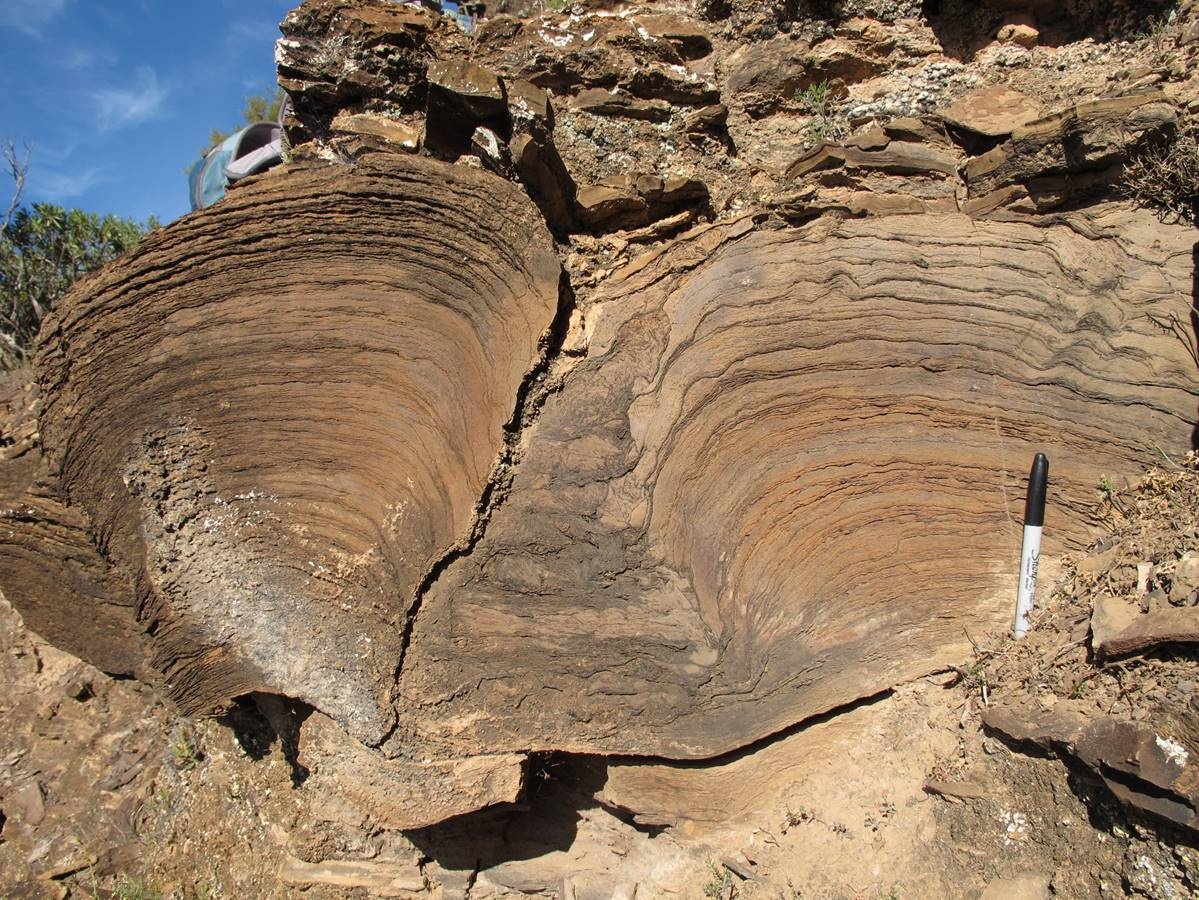
Stromatolite Layers by Kaylin Luciani
Algae builds layers
Mounds of sediments and stones
Shallow, salty seas
As an educator, the stories that rocks tell can transform a sleep-deprived room of students into bright-eyed rock enthusiasts. I find students build a fellowship around their shared love of rocks and the stories they tell. Unfortunately, in our new Zoom dominated world, this sense of community has largely disappeared. The missing aspect of community and its positive influence in my classroom has left a void that I cannot ignore.
How can I help facilitate this bonding over the love of stories that only rocks can tell? I turn to the Japanese culture and Haiku.

Herringbone cross-stratification by Bryan Camarillo
Current switches flow
Stratification by tides
Formed in tidal areas
A good geologist is a good observer of nature and I find this is also reflected in good Haiku. I asked my students to compose Haiku with a first line that describes the process that creates a sediment structure, a second line that describes its physical appearance and a third line describing the depositional environment. My students did not disappoint.
Perhaps it is because I offered a fossil to the student that wrote the best Haikus or perhaps, they are beginning to share my love of Geology.
|
Mud Drapes by Sarah Goodale A pause in movement |
Mud Drapes by Alec Billmeier Tide drops on ripple |
|
Current Ripples by Nathan Simpson Sand crests go crawling |
Images and haikus courtesy of Andrea Balbas

By Associate Professor Becky Nash
School of Criminology, Criminal Justice, and Emergency Management
College of Health and Human Services
Uncovering Criminal Networks with Technology
Do you ever find yourself worrying about being killed by your own furniture?
Probably not, but you should.
It turns out that we have a higher chance of being killed by our own furniture than we do of being killed in a terrorist attack, but this does not stop the unfounded fear of terrorism that is so pervasive within the United States.
Typically, within my area of researching terrorism and white-collar crime, I apply the methods and theories of network analysis to analyze dark or illicit networks, uncovering social networks that revolve around crime and criminality. For example, mapping and analyzing terrorist networks, mapping the radicalization of extremists through social networks, or analyzing the spread of fraud within a Ponzi scheme.
Recently however, by request from Dr. Monica Lounsbery, Dean of the College of Health and Human Services (CHHS), and President Jane Close Conoley, I, along with my colleague Dr. Aili Malm, embarked on a fun, completely new research adventure using network analysis – creating social networks of community agencies within our college and faculty.
The main purpose of this research is to create a network of CHHS departments and faculty members, and their ties to community organizations through research, education, and volunteering collaborations to name a few. Using social network analysis, I constructed and analyzed the social networks of our College’s eleven departments and their ties to community agencies, as well as our individual faculty members’ ties to community agencies.
Each study includes descriptive analyses of the main network, subgroup analyses to uncover shared ties within tightly knit subnetworks, and measures to identify central players, including academic departments, faculty members, and community agencies. This study shows that CHHS departments and faculty have extensive local and statewide networks with agencies and organizations and that these social networks facilitate opportunities for outreach, research, and student engagement. This study also reveals an extensive shared network of community agencies among CHHS departments and faculty members, with lecturer faculty key in creating and maintaining a large portion of agency ties.
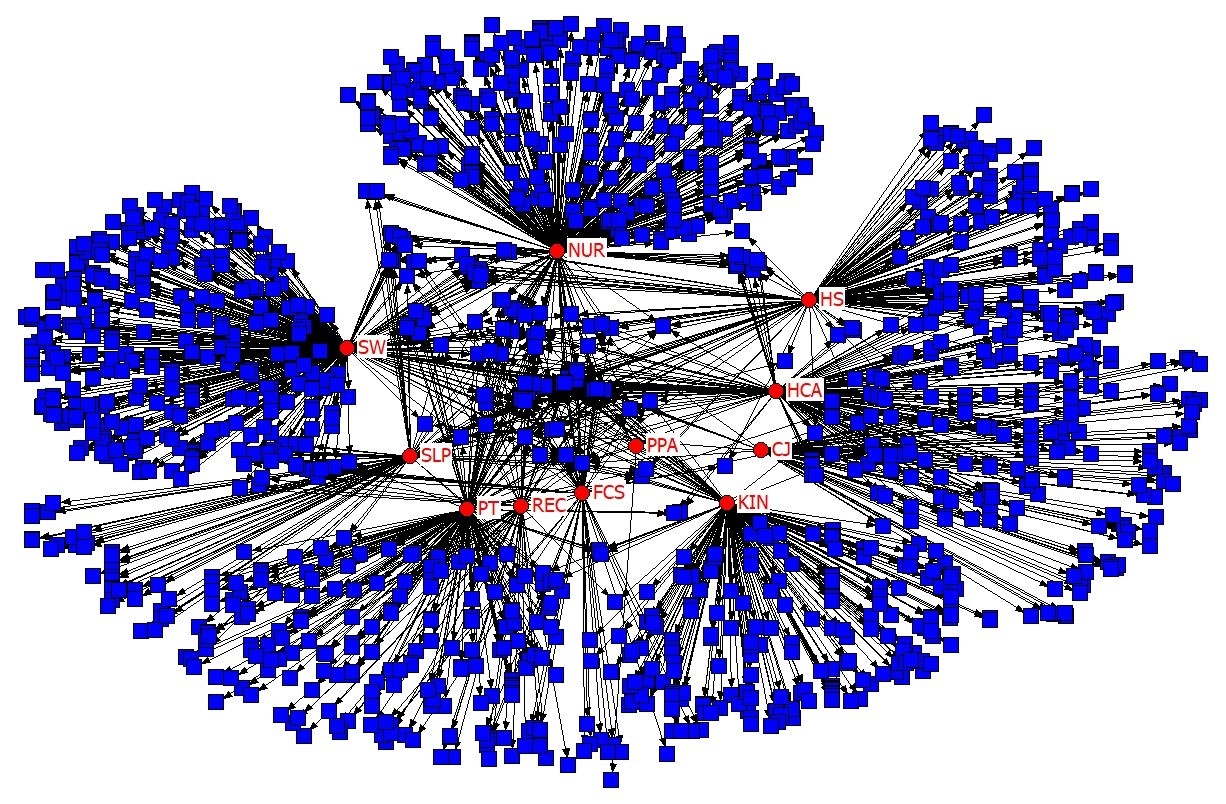
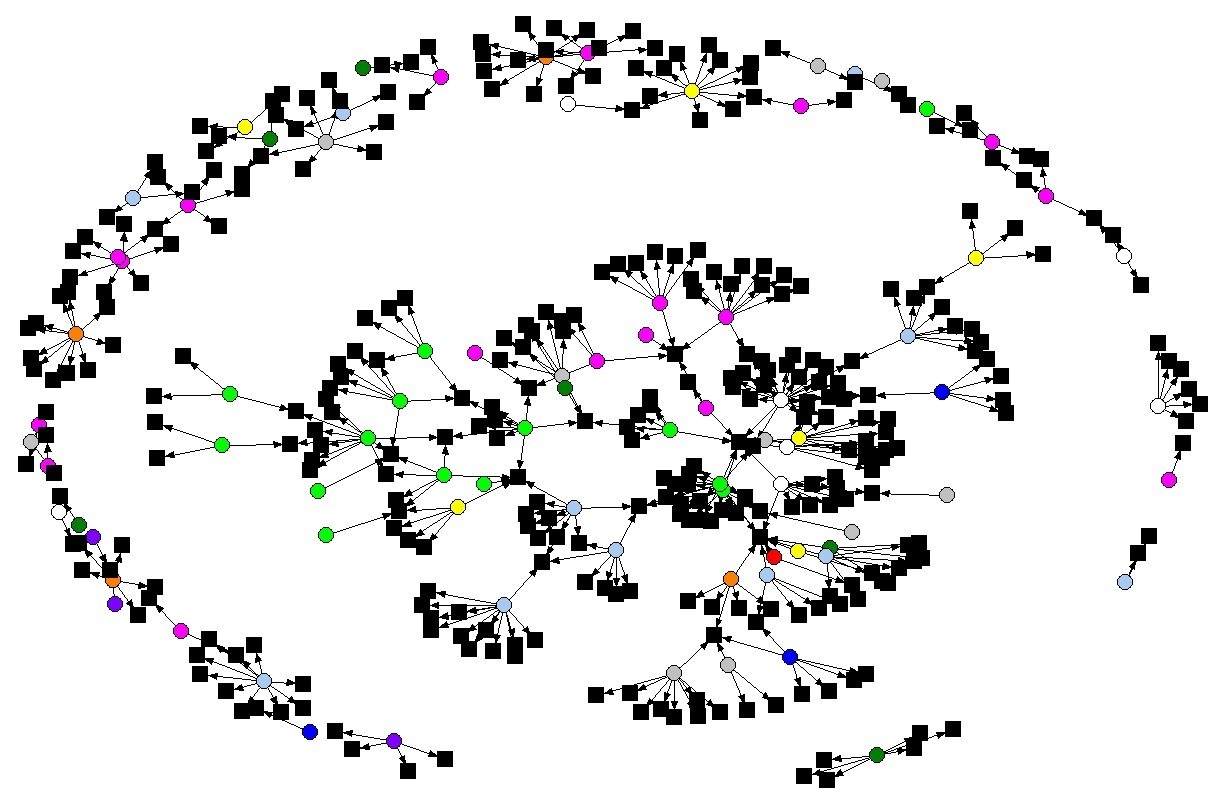
I am also currently working on collecting data and mapping a network of online vintage Kenner Star Wars action figure websites for buying, trading, and selling to uncover the spread of fraud through this network. Concurrently, I am examining how these online networks help prevent the spread of fraud. Why is this tiny, seemingly unknown niche so important you ask? One tiny, 3.75” prototype action figure of a rocket-firing Boba Fett recently sold for $157,500!
This is just the tip of the iceberg within the continually increasing market values of vintage Kenner Star Wars action figures. I would say definitely worth a peek. May the force be with you.
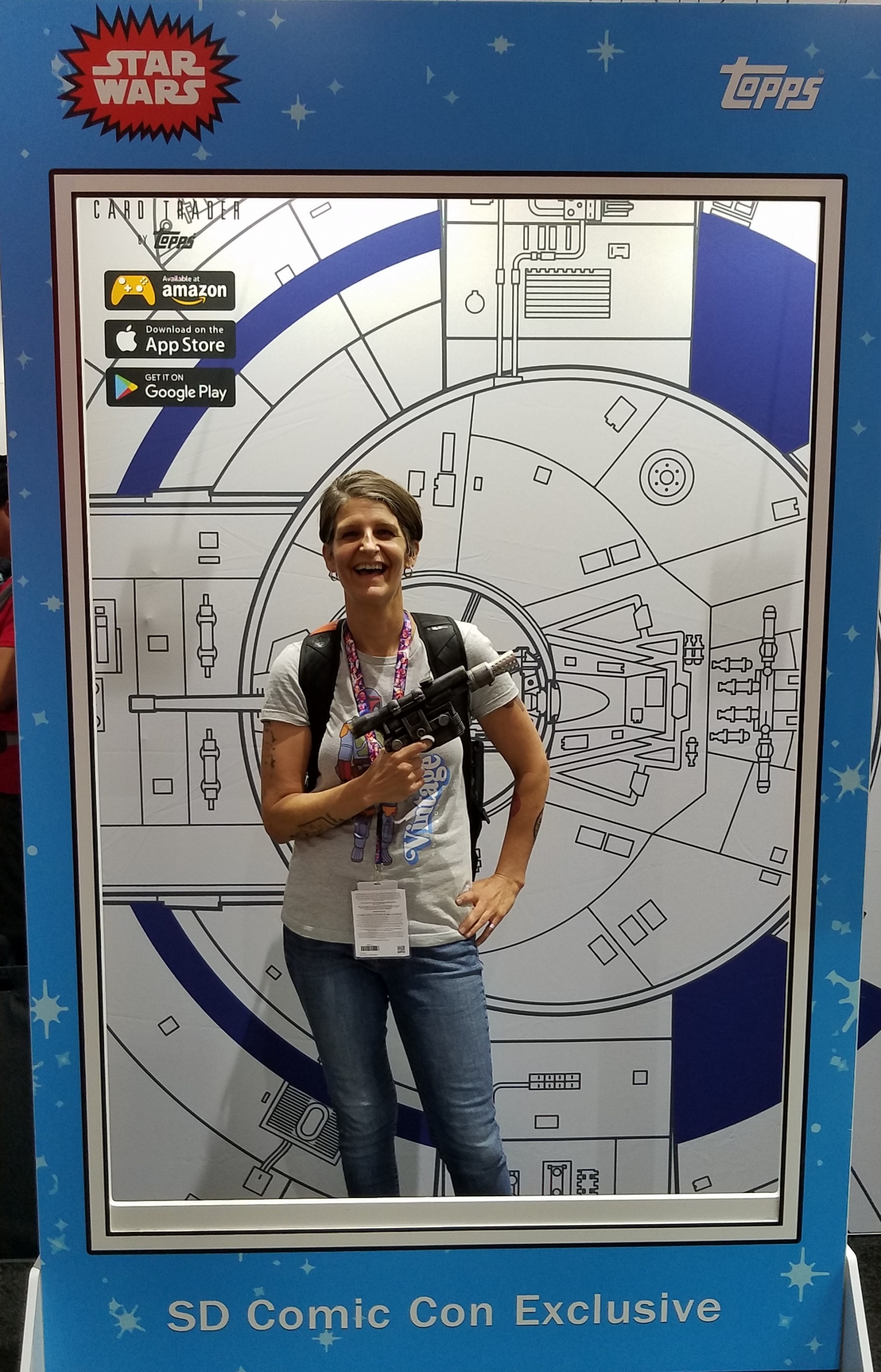
Images courtesy of Becky Nash
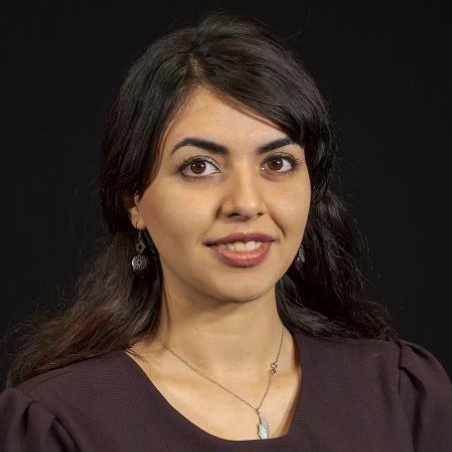
By Assistant Professor Ava Hedayatipour
Electrical Engineering Department
College of Engineering
What Technology are You Wearing?
As technology grows day by day, we become increasingly dependent on and less willing to separate ourselves from it.
The advancement of technology has pushed devices to be faster and smaller and given rise to a new generation of devices, named wearable technology. These devices from fitness trackers and Smartwatches to Smart Glasses and Smart Contact Lens, have attracted unprecedented interest in the last two decades.
It is expected that the global market for wearable technology which was worth $750 million in 2012 will increase to over US $50 billion by 2022.
Apart from the common wearable devices that we love and use, many more applications are under research and testing, and device development is a hot topic of many interdisciplinary research studies. These designed systems are becoming more and more mature in recent years and are moving from research fields to commercial devices.
Using state-of-art wearable devices provides a more convenient way to extract accurate measurements of vital signals, along with physical and physiologic parameters. Wearable applications have various applications in different areas of health care and clinical practices, such as prevention (activity tracking, eating behavior and calorie intake tracking, stress monitoring), diagnosis (early detection, different symptoms tracking), and disease management (monitoring of drug intake and drug reminders).
My research goes through the design and implementation of different sensors used in these biomedical devices. These sensors are implemented at transistor level and fabricated on Integrated Chips (ICs).
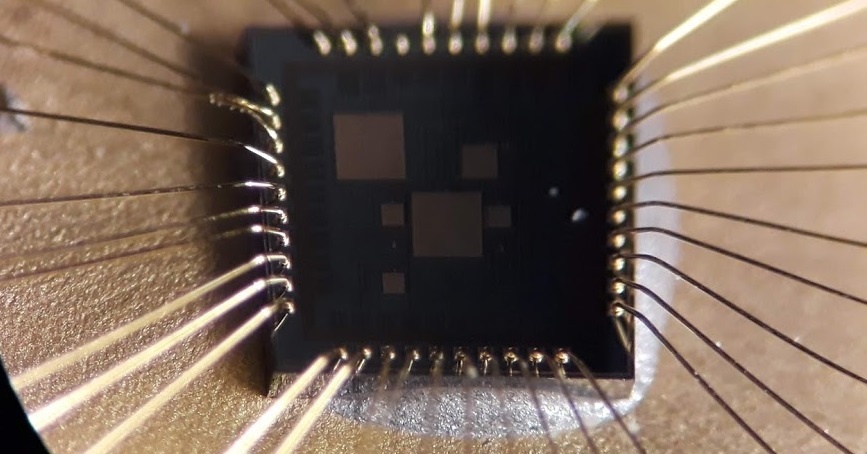
Among different sensors, I have designed impedance and temperature. (Impedance is the measure of the opposition of an electric current.) These sensors step further than current state-of-art designs by providing low power, low-area designs with frequency output. In temperature sensors, accuracy is of great importance, as they are the main method of measuring fever, which is the main symptom of various diseases. Moreover, temperature sensors are a good add-on to any system to monitor the functioning of electronic parts. In wearable devices, especially implantable devices, the rise of the device's temperature should be closely monitored to prevent harm to sensitive body parts. I have also designed a portable impedance system and have researched on applying this sensor in applications, such as early heart failure detection and real-time translation of sign language.
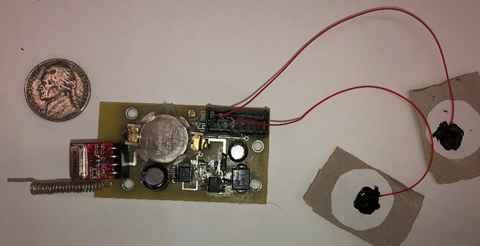
Besides area and power consumption, security is a crucial, mostly ignored aspect of sensors when it comes to data transfer. I have designed a chaotic ciphering, implemented on-chip, as a viable solution for the incorporation of security on sensor devices. The integration of analog security with sensors is the initial step towards having hardware-based integrated security encryption in any IoT and arrayed sensor systems. I aim to keep working on devices with biomedical applications and try to increase quality of life using Electrical Engineering and circuit design!
Images courtesy of Ava Hedayatipour
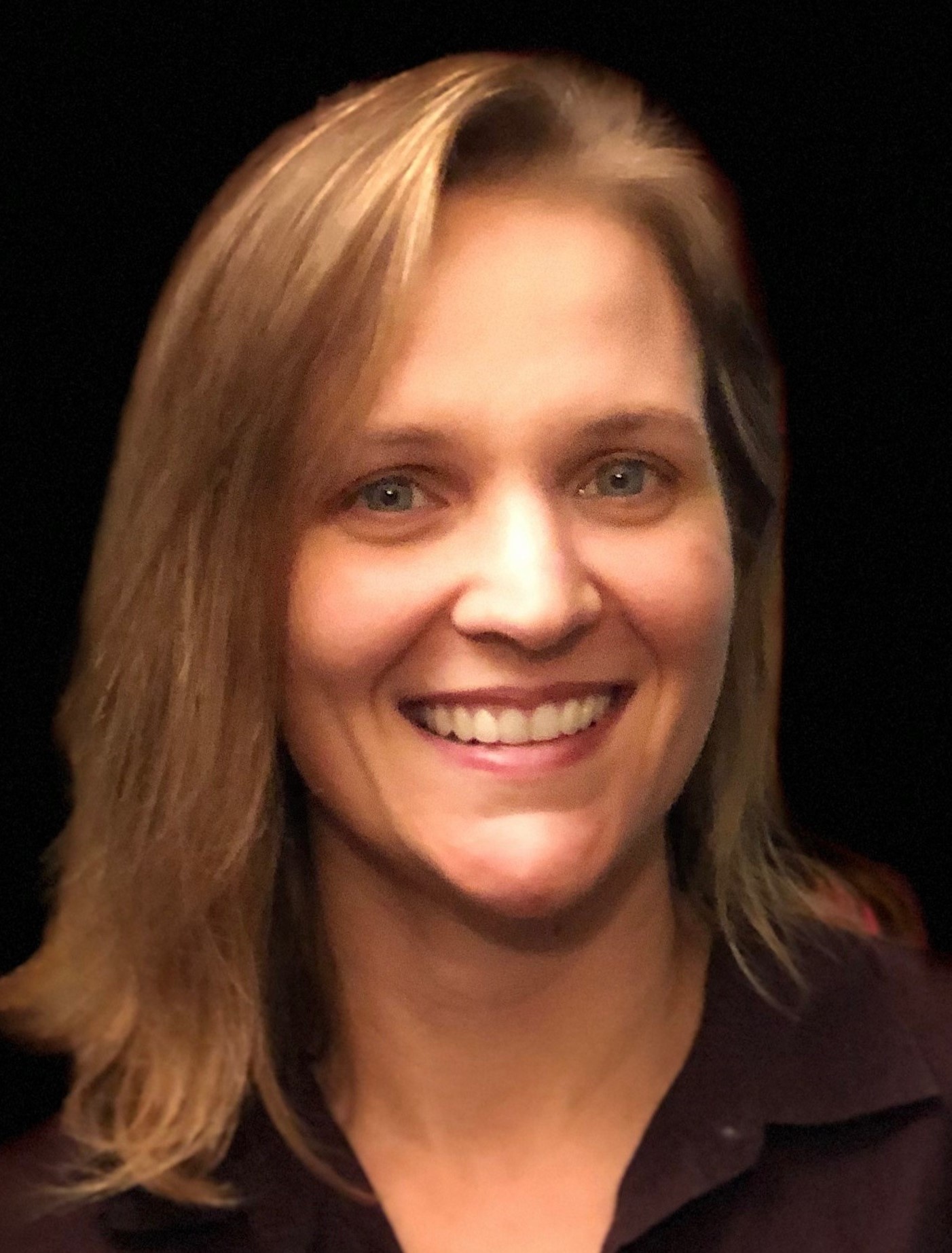
By Assistant Professor Martha Carter
Theatre Arts Department
College of the Arts
Creating New Worlds and Sensory Connections with Audiences
Imagine passing through a normal everyday doorway to find yourself walking on air. A mirrored image of the sky above reflects on the floor below. You are surrounded by the brilliant blues of the sky, wrapped in the cool clouds, smelling crisp air full of morning dew and afternoon showers.
Now go deeper into your mind’s eye. Picture opening another door and feeling the rush of soft white sand engulfing your feet. With your shoes in your hands, you walk to a shallow pool of glowing water gently kissing the shore with each magical wave. Stars twinkling all around you, the sound of your own ocean memories and nightly dreams, are transporting you to a new world.
Now, imagine if this were a reality, the setting of your next Friday night dinner.
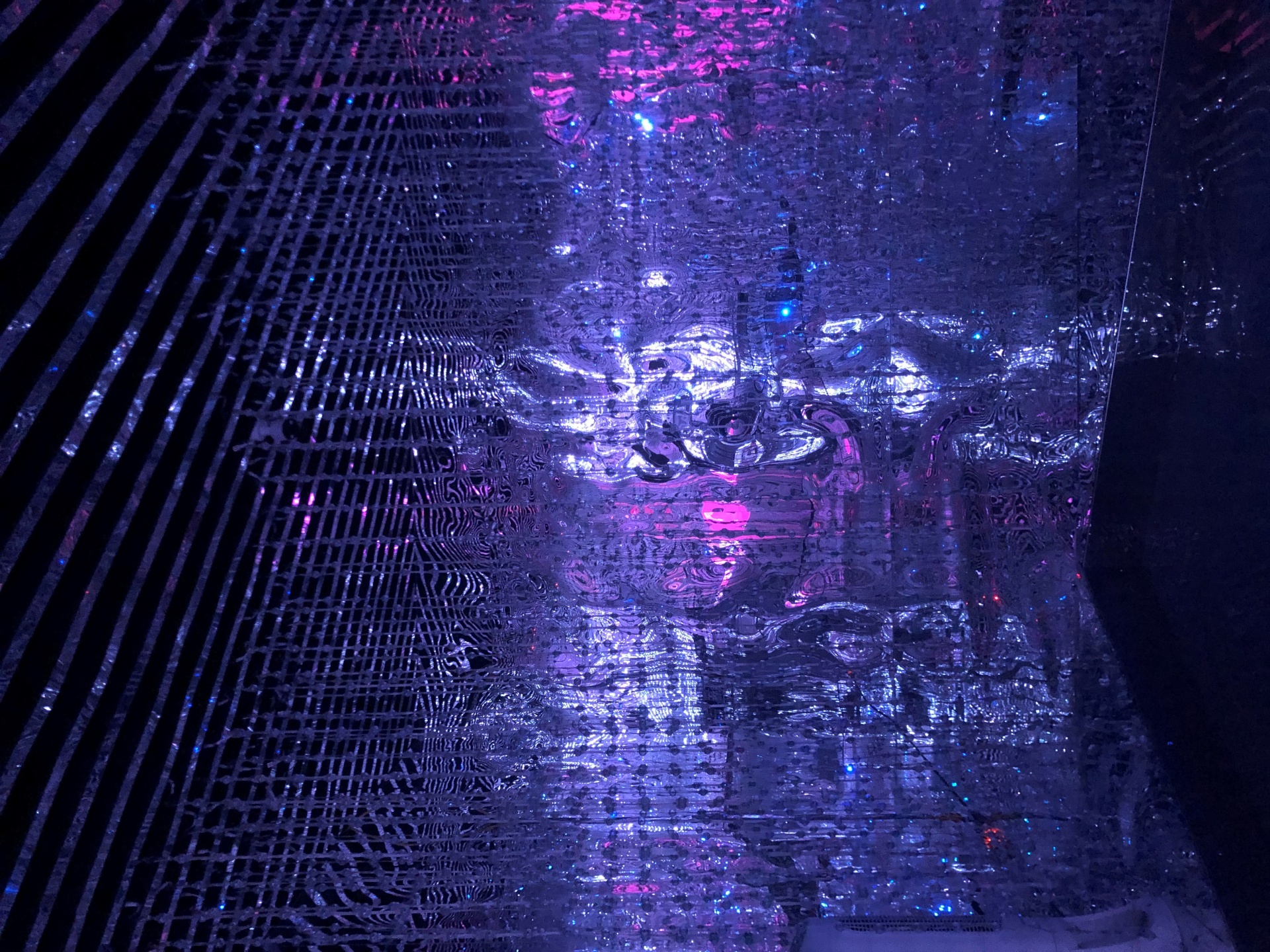
Reflected light research for the creation of a water fall of light.
I am endeavoring to create such worlds. I seek to use theatrical innovations to transform a common act like dining out, into an uncommon and unique experience. Our quarantined existence has turned our lives upside-down, to such a degree that the simple idea of going to a restaurant is no longer routine. Live entertainment, theater, opera, dance, music events, etc. are gone for the foreseeable future.
I am a theatrical lighting designer and an expert in the field of live entertainment; my artistic soul is driven by creating new worlds in which audience members and patrons can live. With the entertainment industry shutdown, I have actively shifted my research towards new avenues to provide escapism and live entertainment outside of traditional theatre. I seek to take the evanescent world of live entertainment and the ephemeral quality of light to create an elevated dining experience. Rather than having an audience sitting and watching a narrative unfold before them, they would have an immersive experience, ensconced in a story, experiencing a new depth of emotional and sensory connection.

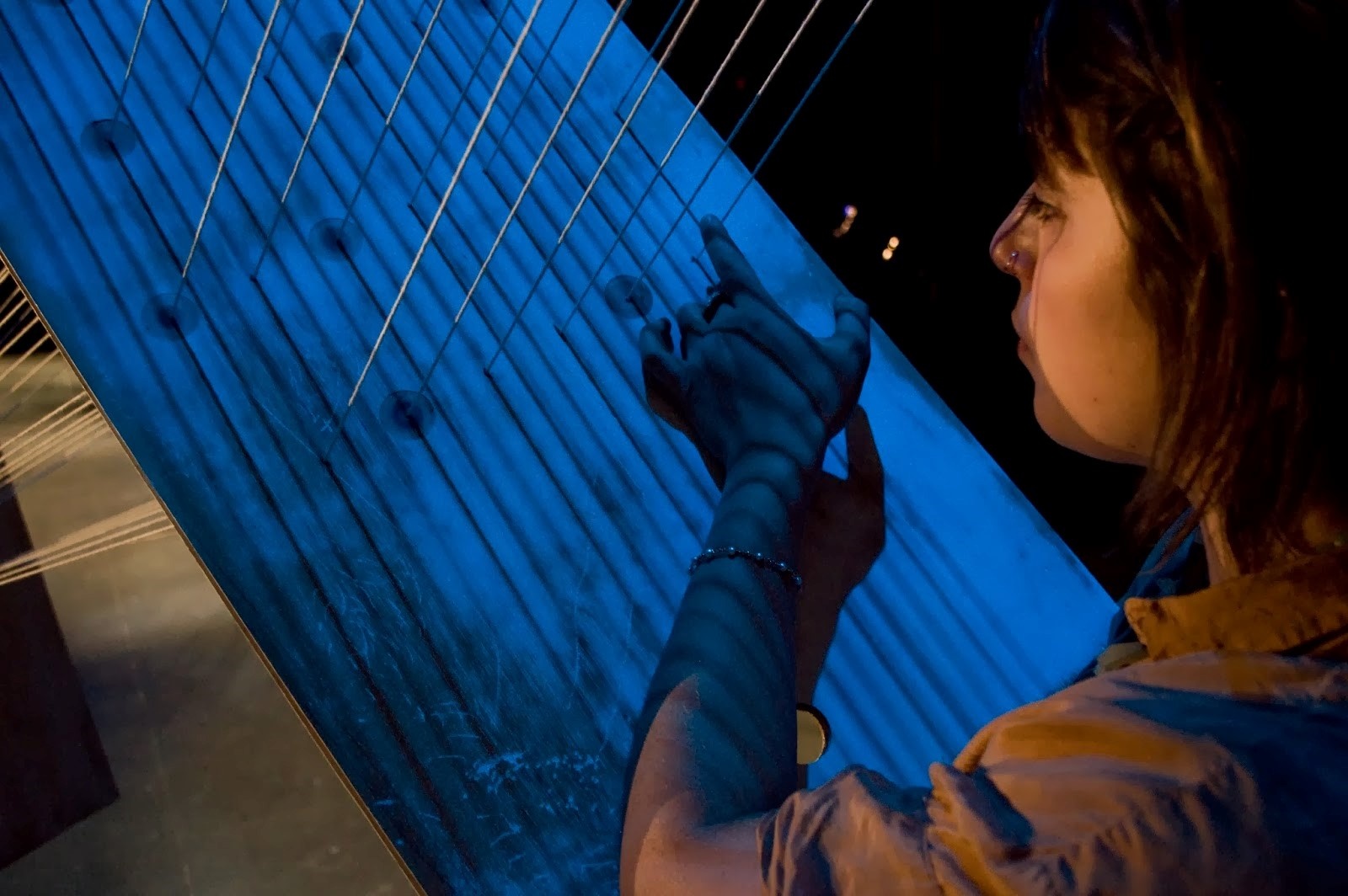
I have been researching and testing how to incorporate and elevate conventional theatrical devices to create a curated experience. By using mirrors to reflect the clouds in the sky onto the floor below, I can create a floating floor illusion, and by installing that floor on a rooftop, I would be able to surround guests with the crisp afternoon air and a cool breeze to deepen their “in the clouds” experience. The addition of fog would awaken their tactile senses and add texture to the environment. A dinner scheduled just before sunset will allow me to play with the elements and provide the optical illusion of the horizon collapsing in on itself as the sun goes down. Providing a moment of distraction from the worries that face us may just help bring a new sense of purpose to us all.
Images courtesy of Martha Carter
By Professor and Chair Sam Min, Assistant Professor Eunho Park, and Professor Praveen Soni of the Marketing Department in the College of Business; and Executive Director Mahmoud Albawaneh and Interim Associate Director for Faculty Analytics Juan Carlos Apitz in Institutional Research and Analytics
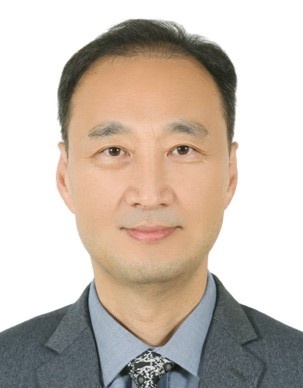
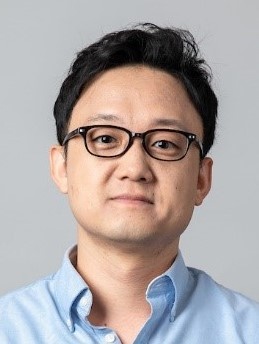
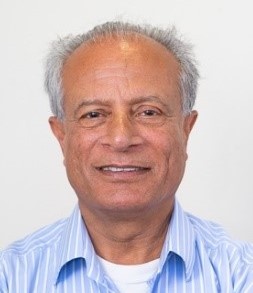

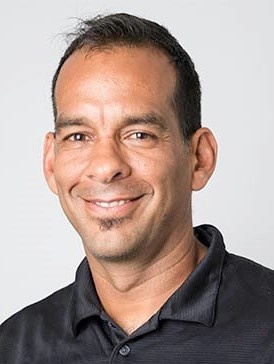
Authors of study (L-R): Sam Min, Eunho Park, Praveen Soni, Mahmoud Albawaneh, and Juan Carlos Apitz.
The Impact on Graduation of Students Switching Majors
Students choose the wrong major for many different reasons — e.g., high aspiration, lack of information about majors, and the mismatch between ability and interest. The consequences of choosing the wrong major can be detrimental to a student, leading them to either switch their major or drop out of the school.
Our key research question of the study is what are the impacts of switching majors on dropout rates as well as timely graduation rates?
To answer the research question, we analyzed major switching and graduation rates of 3,576 students who joined the CSULB in Fall 2010 as freshmen.
First, we found major switching is common among the 2010 freshmen cohort. Close to half of the students (45.8%) switched their majors at least once. One of our startling findings is that graduation rates are higher for those who switched their majors than those who never switched their majors, 86% and 67%, respectively.
The difference is even more apparent if we consider dropout rates — the average dropout rate for those who changed their majors is 14%; the average dropout rate for those who didn’t change their majors is 33%.
The results appear to support a claim that major switching is actually NOT a bad thing. It could help improve graduation rates, although it could also delay the time to graduate.
We further analyzed the graduation rates by the timing of major switching. Among students who switched majors, 22% switched their majors in their first year of college, 32% in the second year, and the remaining 46% switched after their second year. It is striking to see that a lot of students switched their majors after their second year. Comparing graduation rates among three groups, we found that early major switching can help improve graduation rates. Four-year graduation rates are 20.7%, 18.4%, and 7.4% for those three groups, respectively. One interesting finding is that eventual graduation rates are slightly higher for students who switched majors after 2 years. The graduation rate is 90.2% for students who switched their majors after 2 years, but one for students who switched within 1 year is 80.1%. The counterintuitively high graduation rate for late-switchers warrants a further analysis.
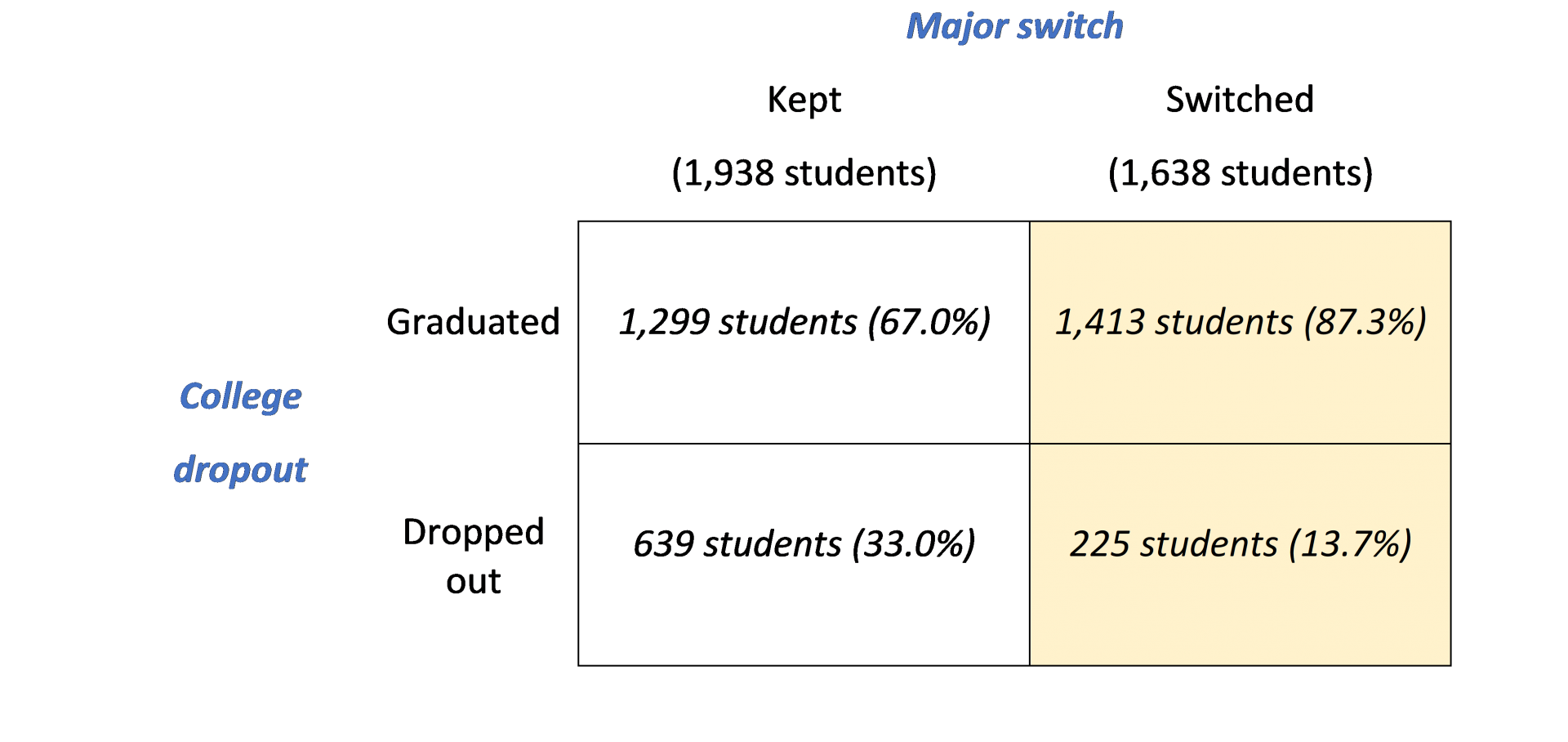
In addition, we looked at the GPA distribution of major switchers. Surprisingly, the average GPA of switchers is higher than what we expected. 41.2% of switchers have GPAs that are 3.0 or higher. Only 12% of switchers had less than a 2.0. We found ‘good’ students are able to switch majors and speed up graduation.
In sum, the analysis of the 2010 cohort clearly indicates that major switching can help students to graduate. By the same token, major switching substantially lowers dropout rates.
Images courtesy of Eunho Park
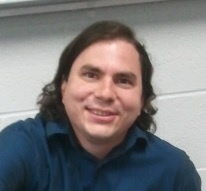
By Associate Professor Robert Blankenship, German Studies
Department of Romance, German, Russian Languages and Literatures
College of Liberal Arts
Imagining East Germany
What can we learn by studying fictional stories from and about a country that no longer exists?
Quite a bit, it turns out.
Indeed, that’s what I spend much of my time doing. And some of what I’ve uncovered in the process even leads back to Southern California.
I study the literature, cinema, and thought of the German Democratic Republic (GDR, East Germany); the legacy of the GDR in literature, cinema, and other media today; and the literary and philosophical traditions that were widely received in the GDR (e.g. Karl Marx, Bertolt Brecht).

I struggle to answer questions such as: What role did the literary imagination play in the East German socialist experiment? How was literary production in the GDR different from that of other times and places? How was the cultural heritage of the GDR constructed, and how did it unravel? What can we learn about our own time and place by reading East German literature? How do we and how should we remember the GDR today, thirty years after the collapse of the country?
My first book—Suicide in East German Literature: Fiction, Rhetoric, and the Self-Destruction of Literary Heritage (Camden House 2017)—resists the common assumption that suicide in GDR literature merely reflects real suicides in East Germany. I show rather that many of the literary suicides in question are especially literary and help to unravel the literary heritage of the GDR.
I’m particularly interested in the literary works of East German writer Christa Wolf. In the 1960s, 1970s, and 1980s; many looked to Wolf as a spearhead for optimistic projects related to feminism, ecological conservation, world peace, and a form of socialism that people would support.
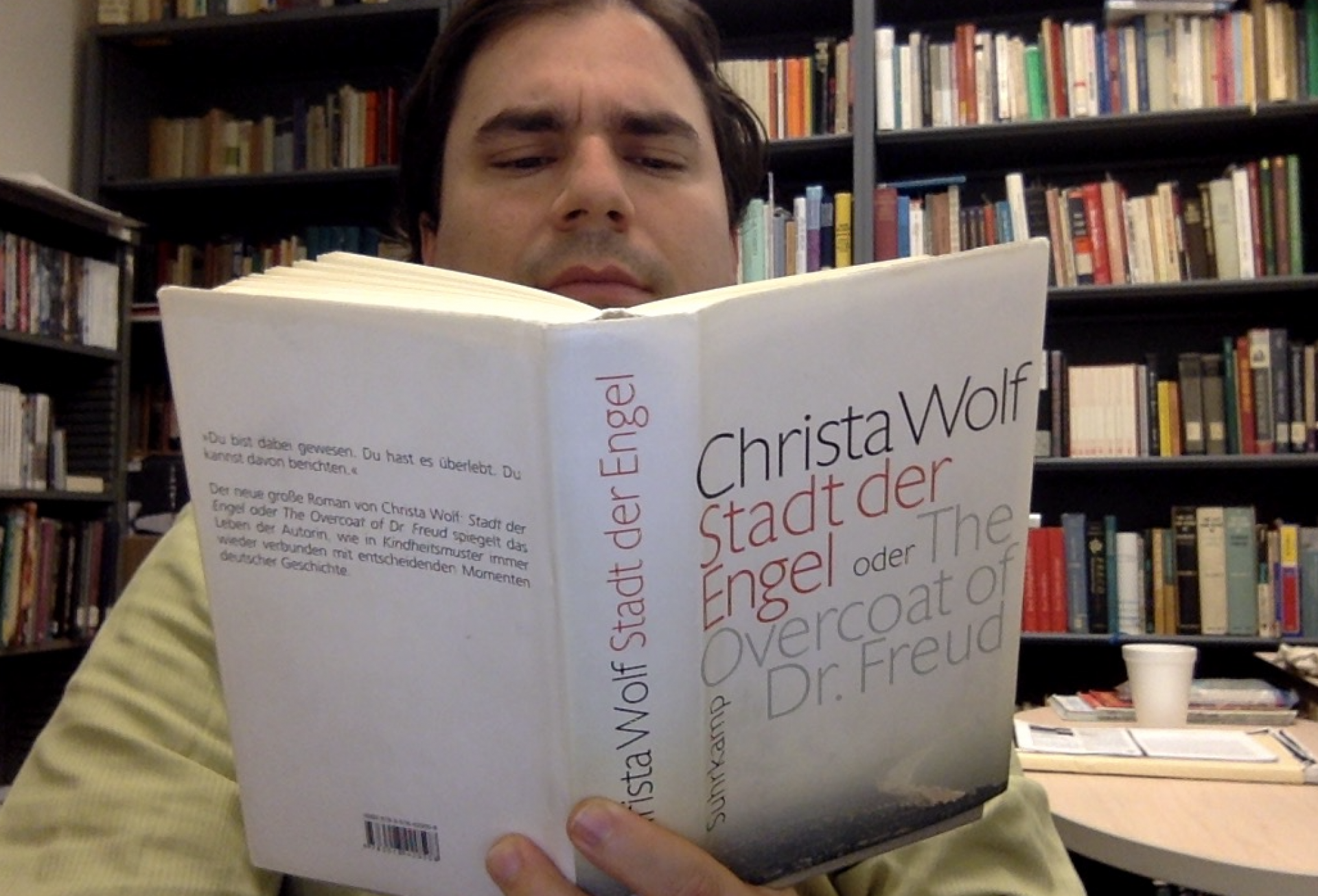
In the wake of German unification, Wolf found herself at the center of multiple scandals. She spent the 1992-1993 year at the Getty Center. In 2010, Wolf published her final novel City of Angels or The Overcoat of Dr. Freud, which takes place in Southern California, a setting from which the narrator remembers her East German past.
But how does Los Angeles instigate memories about East Germany? How does a communist see LA? Is LA a place of forgetting? A city of angelic intervention? The lion’s den of capitalism? Proof, on Skid Row for example, that capitalism is immoral?
In January 2020, I published my most recent article: “Christa Wolf’s Richard Neutra: Architecture, Psychoanalysis, and Southern California in Stadt der Engel oder The Overcoat of Dr. Freud” in the Germanic Review. However, my work on Wolf and on East German literature in general is far from complete.
Images courtesy of Robert Blankenship
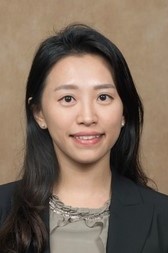
By Assistant Professor Yoonhee Choi
Management and Human Resources Management Department
College of Business
The 'Push' and 'Pull' of Working with Award-Winning CEOs: The Unintended Consequences
Media attention highlighting a manager’s successful performance in the form of “CEO of the Year” or “Best Performing Manager of the Year” awards deserve a celebration for the award-winning CEOs and their firms. Studies found that CEOs received 11% to 44% higher compensation after receiving CEO awards. These CEOs’ firms also benefit by attracting higher numbers of stakeholders to contract with the firm, receive an increase in the premiums paid for initial public stock offerings, and generate abnormal stock returns.
However, what do such awards mean to the rest of the top managers working with the award-winning CEOs?
Similar to seeing your best friend getting married, top managers may find mixed feelings about working with their award-winning CEOs receiving fame and higher compensation. Although many studies examined how CEO awards influence the award-winners and their firms, rarely does any study explore the awards’ impacts on the close colleagues/subordinates of these award-winners. Thus, my coauthor Namgyoo Park at Seoul National University, and I were intrigued to investigate how CEO awards influence economic and psychological mechanisms in the top managers’ decisions to exit their firms. (Choi, Y., & Park, N. K. (2020). Examining the pull, the push, and their simultaneous effects on managerial turnover. Management Decision.)
Our study provides implications as to why it is difficult to keep highly valuable managers in firms following media attention, even with higher compensation.
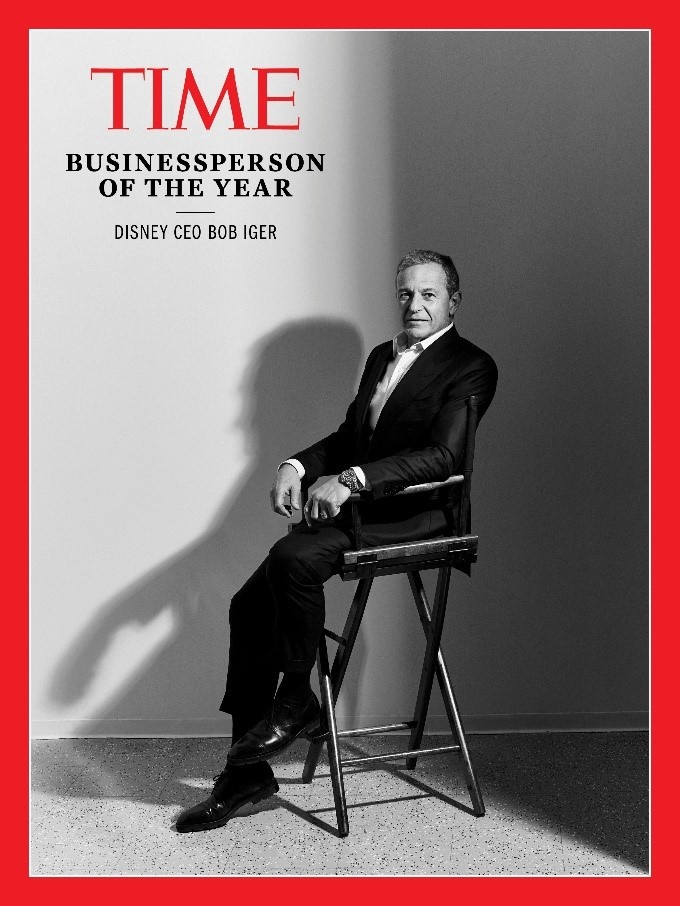
Management scholars have developed the pull-and-push theory in voluntary turnover. The theory suggests that one can exit his/her firm due to the ease of moving posed by alternative job opportunities (i.e., the “pull” or economic mechanism) or the desire to move due to low job satisfaction (i.e., the “push” or psychological mechanism).
We suggest that CEO awards have spillover effects. Top managers working with award-winning CEOs may receive more attention from the executive labor market and find attractive offers from other firms, perhaps even for a CEO position. This represents the enhanced pull factor (economic mechanism) in turnover.
Further, the greater compensation gap between award-winning CEOs and the top managers themselves can lead to lower job satisfaction for the top managers. Some may feel that they contributed to the firms’ success and their CEOs received much of the credit for their own contributions. This represents the enhanced push factor (psychological mechanism) in turnover.
In our study, we used 25 years of panel data on more than 2,000 top managers across industries in the U.S. and found that CEO awards (economic mechanism) and low compensation (psychological mechanism) independently had positive effects on turnover of top managers. However, turnover due to the economic mechanism led to a higher position and pay, whereas turnover due to the psychological mechanism did not guarantee the same outcome. Further, when examining how pay dissatisfaction influences turnover simultaneously with the announcement of CEO awards, we found that top managers with the highest pay leave their firms but not those with the lowest pay.
Our findings show that CEO awards provide an interesting twist in terms of which top managers find the most discontentment in his/her job.
Images courtesy of Yoonhee Choi





